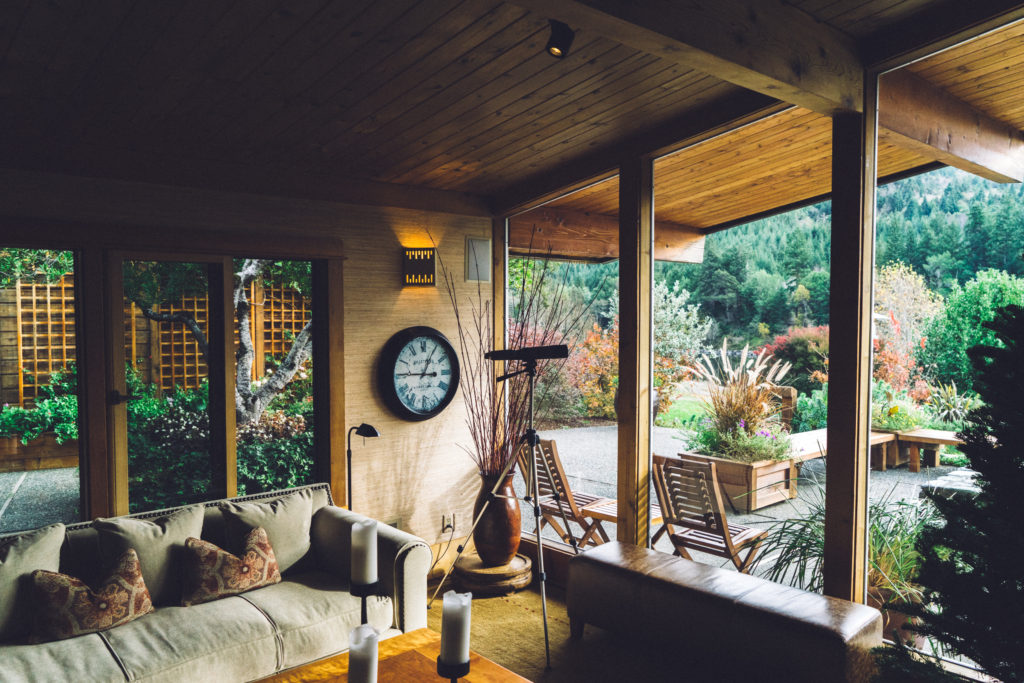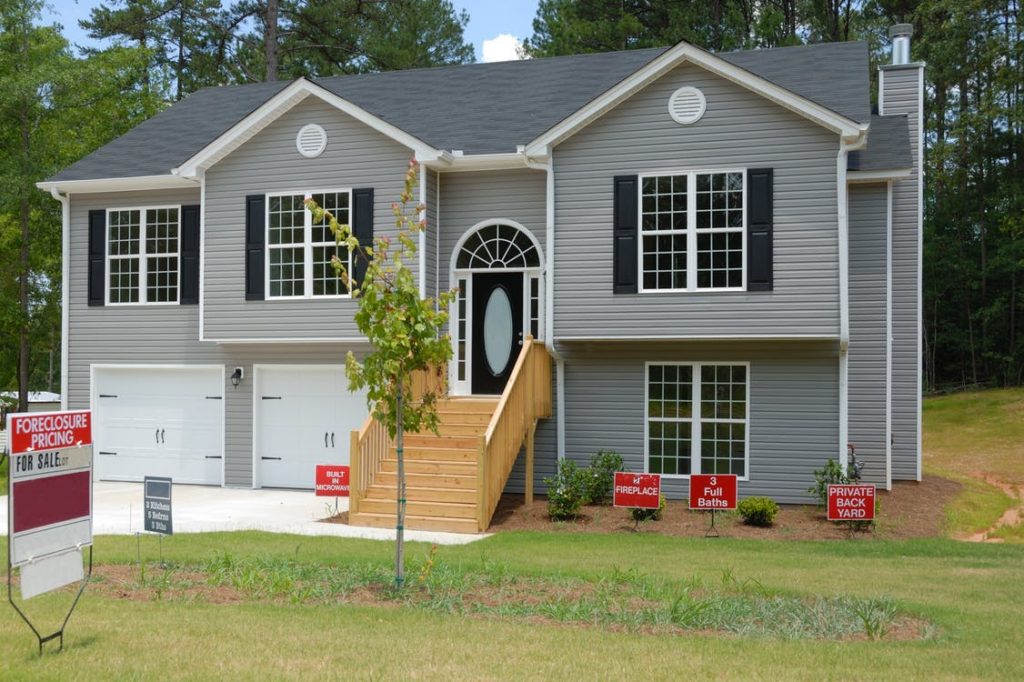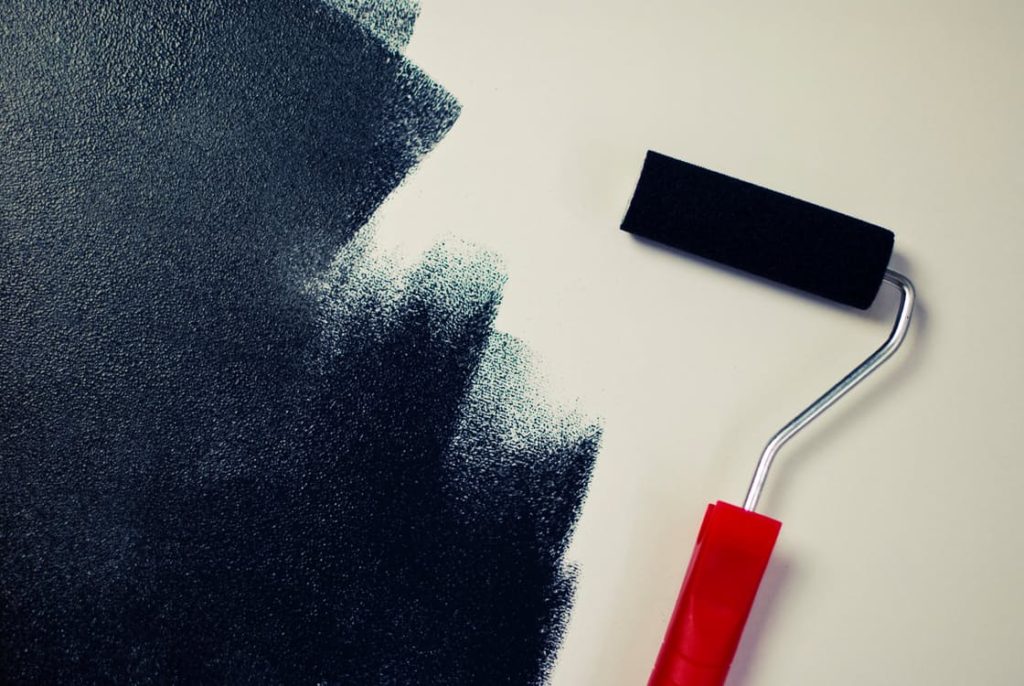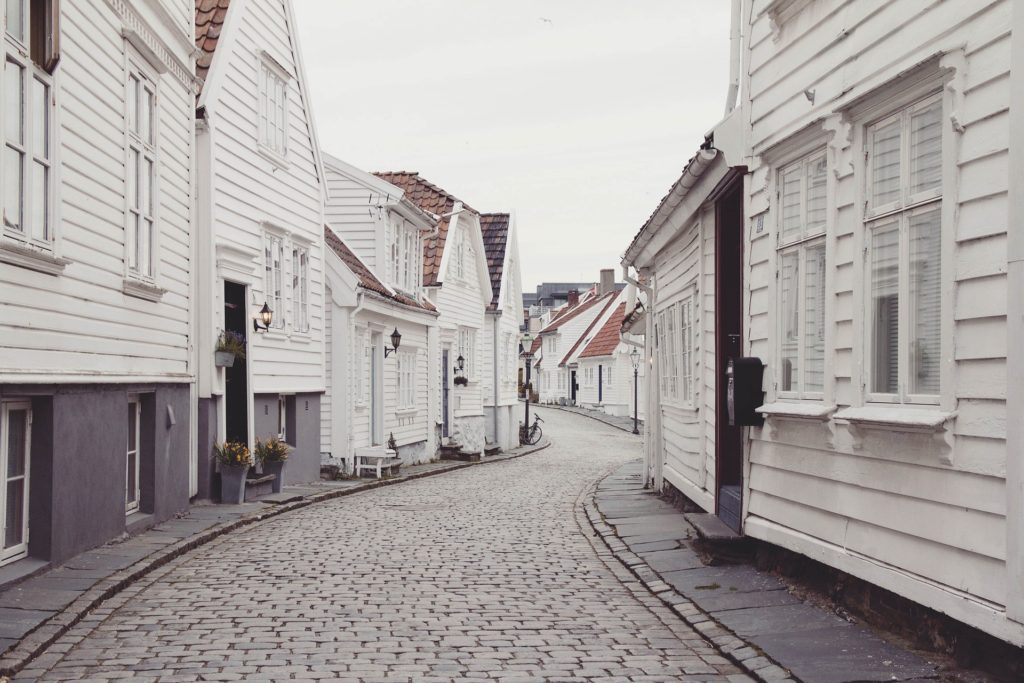Simple Tricks That Will Turn Your House into a Home

Moving into a new house is exciting, but it’s not necessarily going to feel like home from the very beginning. Luckily, there are plenty of things you can do to make your house start to feel warm and fuzzy. Here are a few tips for turning your house into a home you can’t wait to return to everyday.
Decorate with Your Favorite Colors
One of the best ways to make your home feel like yours is to put your favorite colors around, according to Better Homes and Gardens. Maybe you prefer neutrals and want to stick with a palette that makes you feel calm and relaxed. Maybe you love bold colorsand want to paint one whole wall a bright blue. Whatever color scheme you prefer, surround yourself with it.
Get Something Cooking
Nothing makes a house feel more homey than food cooking or baking. Prepare your favorite meal or put cookies in the oven to fill your home with delicious smells. Try to make something that’s comforting and that reminds you of the meals you used to eat in your previous home or when you were a child. Don’t have time to whip something up? Pick up a candle that smells like fresh baked cookies or another yummy treat.
Showcase Your Experiences
When you look around your new house, you may not spot anything that feels inherently “you.” This is a good time to start framing photos and displaying memories. Dig through childhood photos, pictures from your last vacation, portraits of your family, etc. Even ifyou just tack a few up on the fridge for now, they’ll be a good reminder of your life and everything you love. You can also create little areas with souvenirs and collectibles you’ve picked up during your travels. You can visit this part of your home to reminisce about everything you’ve done.
Start Creating New Rituals
Moving into a new house can upend your rituals and ways of doing things. Start putting new rituals in place right away. According to Good Housekeeping, this is one of the best ways to make your house feel more like home. Plan for Friday movie nights in your your home theater with the family, Sunday morning brunch on the porch, doing yoga together after everyone’s home from work and school, etc.
Decorate with Family Heirlooms
If your family heirlooms spend most of their time tucked away in a closet or basement, pull them out and find a place to display them. Looking at items that belonged to several generations of your family will be comforting and will make your home feel more personal. Plus, they’ll make great conversation pieces whenever you have guests over.
Make Sitting Areas Comfy
If you want to start feeling cozy in your new home, start adding cozy layers to it! According to Pop Sugar, adding a throw to a chair or couch that you love to relax on is the quickest way to make it more comforting and welcoming. It’s also a super simple way to decorate and you can swap out the throw to match the season.
Don’t Worry Too Much About the Mess
When you look around your home and see the remnants of a busy morning or weekend, you’ll be reminded of your family and your experiences. Do
n’t worry too much about keeping your home in tip-top shape every second of the day. The scratches, clutter and flaws are the proof that your house has become a home.
Your house has a specific goal: to provide you with shelter. Your home, on the other hand, is there to help you get through all of the wonderful and difficult parts of life. Turn your shelter into a supportive, welcoming and customized home by surrounding yourself with the items you love and that make you feel most yourself.






